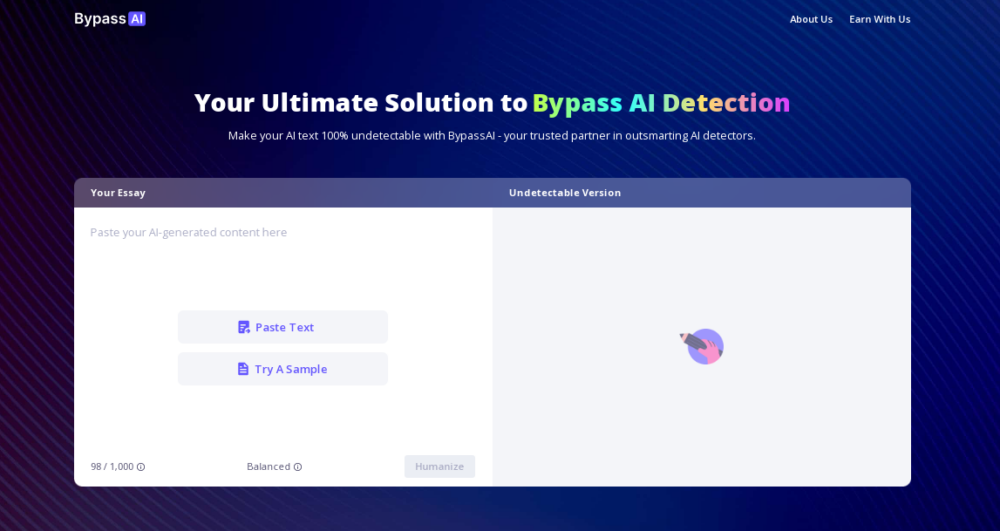
In the fast-paced world of digital content creation, writers are now facing a new challenge that could impact their work significantly. A sophisticated tool known as Originality 3.0 has been developed to distinguish between content crafted by human hands and that generated by artificial intelligence. This technology is designed to safeguard the uniqueness of a writer’s work, but it’s not foolproof. There have been instances where content created by people has been incorrectly tagged as the work of AI, leading to questions about the reliability of this tool. Moreover, the inconsistency in the tool’s evaluations can be a source of frustration for writers.
When you submit your writing to Originality 3.0, you might encounter one of three possible outcomes. Ideally, your work will be recognized as being entirely written by you, but this is becoming less common. Sometimes, the tool might detect a blend, flagging certain parts as AI-generated, which means you’ll need to go back and revise those specific sections. In the most extreme cases, your entire article could be mislabeled as the product of AI, and this would require a more in-depth approach to validate that it’s genuinely your creation.
Originality 3.0 AI detection tool accuracy tested
Writers have a few tactics to overcome these obstacles. The most straightforward approach is to manually rewrite the content, ensuring that you maintain complete control over the process and make your writing distinct. Alternatively, there are AI-assisted rewriting tools available that can offer guidance, providing prompts and suggestions that can help you rephrase and restructure your writing in a unique way, such as those discussed at the OpenAI Developer Conference.
Here are some other articles you may find of interest on the subject of improving your writing using artificial intelligence :
The landscape of originality detection is ever-changing, with continual updates and the introduction of new tools that aim to outsmart systems like Originality 3.0. It’s crucial for writers to keep up with these changes. Some writers find that a combination of their own efforts and the use of AI assistance is the most effective way to make sure their content is recognized as authentic.
The quest for a high originality score is a continuous one, and staying informed about the latest advancements in AI content verification is vital. Strategies such as utilizing AI prompts for rewriting and revising content with the help of AI tools can prove to be quite beneficial. The goal, of course, is to overcome the challenges posed by Originality 3.0 and produce content that is clearly your own.
As writers navigate this terrain, it’s important to remember that Originality 3.0 has its limitations. There is hope for future improvements that will more accurately differentiate between human and AI-generated text. Until such advancements are made, the best strategy is to remain alert, leverage the tools available, and continuously polish your writing to ensure that its authenticity is evident.
The Evolution of Digital Content Verification
In the fast-paced world of digital content creation, the emergence of sophisticated verification tools like Originality 3.0 represents a significant development in the effort to protect the integrity of human-authored work. These technologies are designed to analyze text and determine whether it was produced by a human writer or generated by artificial intelligence. The core purpose of such tools is to maintain the value of original human creativity in an era where AI-generated content is becoming increasingly prevalent. Despite the noble intent behind these technologies, their effectiveness is sometimes called into question. Misclassification of human-written content as AI-generated can undermine the credibility of these tools and pose challenges for writers who strive to ensure their work is recognized as genuinely human-crafted.
Understanding the Implications of Originality Analysis
When engaging with Originality 3.0, writers may face a range of outcomes that affect the perception of their work’s authenticity. In an ideal scenario, the tool would accurately identify a piece as wholly human-written. However, as AI writing tools become more sophisticated, the likelihood of such clear-cut determinations may decrease. Writers may find parts of their work flagged as potentially AI-generated, necessitating targeted revisions to clarify the human origin of the content. In more severe cases, an entire piece might be erroneously classified as AI-produced, requiring a comprehensive effort to validate the human authorship. These scenarios highlight the need for a reliable verification process that can accurately distinguish between the nuances of human and AI writing styles.
Strategies for Ensuring Content Authenticity
To address the challenges posed by Originality 3.0, writers have developed various strategies to reinforce the human signature in their work. One direct method is to manually rewrite flagged content, which allows writers to exercise their creativity and ensure their unique voice is present. Additionally, AI-assisted rewriting tools have become a valuable resource, offering suggestions that can help writers rephrase and restructure their work in distinctive ways. These tools, often showcased at events like the OpenAI Developer Conference, can provide a blend of human creativity and AI efficiency, helping writers to navigate the complexities of originality detection.
The pursuit of a high originality score is an ongoing endeavor, and staying abreast of the latest in AI content verification technology is essential for writers. Employing AI-driven prompts and leveraging rewriting tools can be effective in ensuring that content passes the scrutiny of tools like Originality 3.0. As the technology evolves, writers must adapt their approaches, combining their own skills with the capabilities of AI to produce content that stands out as authentically human.
Navigating the landscape of originality detection requires awareness of the limitations of current tools and an anticipation of future enhancements. Until technology can more precisely differentiate between human and AI-generated text, writers must remain vigilant, utilize available resources, and refine their writing to showcase its authenticity is evident. The balance between human ingenuity and technological support is key to maintaining the value of original content in the digital age.
Filed Under: Guides, Top News
Latest timeswonderful Deals
Disclosure: Some of our articles include affiliate links. If you buy something through one of these links, timeswonderful may earn an affiliate commission. Learn about our Disclosure Policy.




